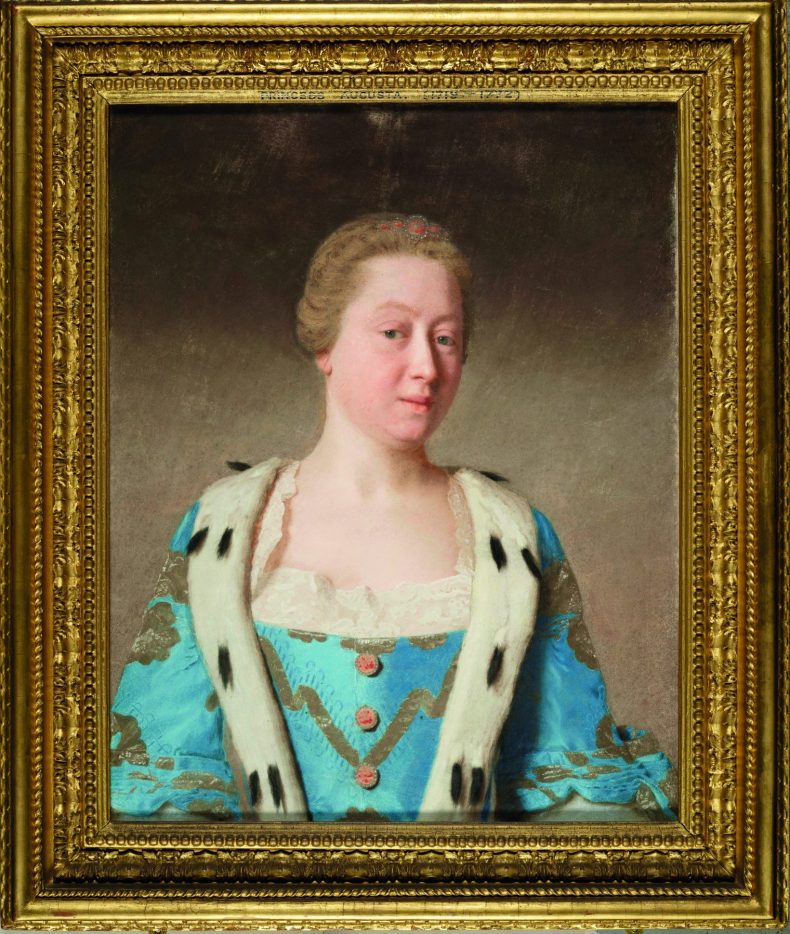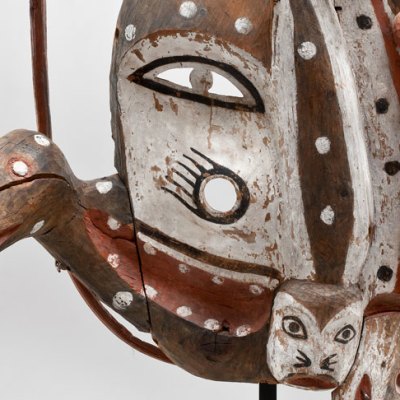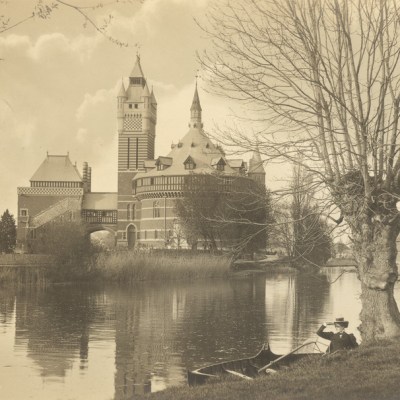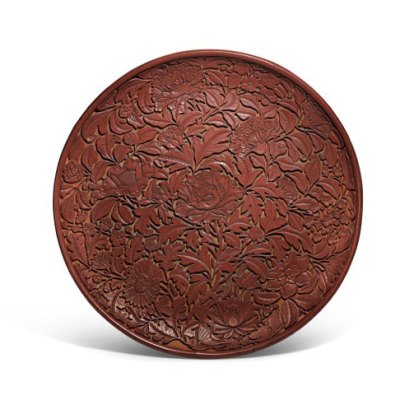This major publication – close to 600 pages and over 500 illustrations – is the outcome of a wide-ranging research project, culminating in an exhibition for which it acts as a catalogue, with venues at the Yale Center for British Art at Newhaven in the USA (until 30 April) and at Kensington Palace in London (22 June–12 November). Put like that, scant justice is done to its range and ambition. As well as the named three editors, 27 contributors survey feminine life and the pursuit of culture and scientific progress at court during the long 18th century. The roll call is a guarantee of expertise and new insights; many are veterans of the challenge to the male-dominated Enlightenment narrative (readers for whom these credentials are not self-evident might welcome brief contributor biographies).
 These remarkable German princesses (all Protestants, a condition of the Act of Succession) married into the recently installed House of Hanover. Caroline of Ansbach (1683–1737) married George Augustus of Hanover, heir to the Elector of Hanover, in 1704, in the knowledge that at the death of Queen Anne her father-in-law would succeed to the throne as George I. She became Queen Consort with her husband’s accession in 1727. Her eldest son Frederick, Prince of Wales, married Augusta of Saxe-Gotha (1719–72). He died before his father and the widowed Augusta assumed the role of Princess Dowager during the reign of her eldest son, who succeeded his grandfather as George III in 1760. Charlotte of Mecklenburg-Strelitz (1744–1818), married and crowned within a fortnight in 1761, was 17 years old and had never met her future husband. By the standards of Hanoverian princes (not, it must be said, dauntingly high), the marriages were successful, resulting in large families to ensure the succession. George II and George III duly became Electors of Hanover, although George III never visited. German was spoken at court and all three princesses arrived with little knowledge of English. There was a telling assumption on the part of the new dynasty that, after 20 years of Hanoverian rule, the common language in Great Britain would be German. Thorough education in Germany enabled the princesses to build on advanced scientific ideas. Medicine and mental disorders benefited from their example and through their philanthropy. Rare survivals among their own artworks show above average abilities.
These remarkable German princesses (all Protestants, a condition of the Act of Succession) married into the recently installed House of Hanover. Caroline of Ansbach (1683–1737) married George Augustus of Hanover, heir to the Elector of Hanover, in 1704, in the knowledge that at the death of Queen Anne her father-in-law would succeed to the throne as George I. She became Queen Consort with her husband’s accession in 1727. Her eldest son Frederick, Prince of Wales, married Augusta of Saxe-Gotha (1719–72). He died before his father and the widowed Augusta assumed the role of Princess Dowager during the reign of her eldest son, who succeeded his grandfather as George III in 1760. Charlotte of Mecklenburg-Strelitz (1744–1818), married and crowned within a fortnight in 1761, was 17 years old and had never met her future husband. By the standards of Hanoverian princes (not, it must be said, dauntingly high), the marriages were successful, resulting in large families to ensure the succession. George II and George III duly became Electors of Hanover, although George III never visited. German was spoken at court and all three princesses arrived with little knowledge of English. There was a telling assumption on the part of the new dynasty that, after 20 years of Hanoverian rule, the common language in Great Britain would be German. Thorough education in Germany enabled the princesses to build on advanced scientific ideas. Medicine and mental disorders benefited from their example and through their philanthropy. Rare survivals among their own artworks show above average abilities.
For women in the 18th-century Enlightenment wishing to leave an intellectual or scientific legacy, it was not an advantage to be a princess. Caroline, Augusta, and Charlotte were well educated (Caroline in particular was more cultivated than her boorish but devoted husband); they created gardens and menageries and formed libraries. Enlightened ladies might be recruited to court positions, as readers and as governesses to the royal children, whose education was another forum for progressive ideas, but opportunities for stimulating discussion and exchange of ideas were limited by stifling court etiquette. The princesses’ patronage was valuable, particularly in promoting British manufactures, but their means of expression severely restricted – inhibited from showing off their learning, they certainly could not appear in print. However the tangible results, such as the great achievement of Kew Gardens and the much enriched royal collections, are impressive. The watercolour illustrations to William Henry Pyne’s Royal Residences (1816–19) are an endorsement of Hanoverian culture, taste, and sensibility.
Augusta, Princess of Wales (1754), Jean-Étienne Liotard. Royal Collection Trust/© Her Majesty Queen Elizabeth II 2017

The 31 chapters are organised in two parts, the first six essays dealing with history (biographical notes and a guide to German princely politics during the period), the ‘Hanoverian dimension’, identity, and dissemination of images. Patronage, collecting, and curating long-neglected royal treasures preoccupied all three princesses. They were dedicated to garden-making and running through this volume is the primacy of botany and natural history. Far from being simply part of ‘polite’ education, botany had implications for an expanding empire and for agricultural development at home. All these themes are pursued in greater detail in the catalogue proper. There are many more illustrations than there are exhibits and portraits of distinguished men of the Enlightenment show the Hanoverian court, often stigmatised as dull and philistine, in a favourable light.
The main catalogue consists of six sections of short pieces by specialists, addressing all three protagonists’ cultural and philanthropic activities, followed by the catalogue entries. The brief is wide. It includes theatricals, court dress, music, and dance, which was the great contribution of the German contingent and inspiration for a most sympathetic royal portrait: Philippe Mercier’s group of Frederick’s children playing a trio while one sister is reading Milton. The new print culture and satire are included, as well as science and medicine (‘inoculation’ is accompanied by lurid images), and architecture. Queen Charlotte’s retreat at Frogmore, with its intense focus on botany and artistic activity, gets two dedicated pieces. Her friendships are highlighted, particularly Fanny Burney, Cornelia Knight, the Duchess of Portland, and Mrs Delany, for whom she had great affection.
The Musick Party: Frederick, Prince of Wales with his Three Eldest Sisters (1733), Philippe Mercier. Royal Collection Trust/© Her Majesty Queen Elizabeth II 2017

Of course, with such an encyclopaedic range of topics there are outside contributions (from the British Museum, the Wellcome Trust, and Kew, for example), but it is the riches of the royal collections that predominate. Both Augusta and Charlotte had interesting collections that were auctioned off after their deaths and should not have been dispersed. State portraits cannot show to advantage in reproduction, but many of the items – miniature portraits, prints, small artefacts and medical and scientific instruments, books, botanical works and herbaria, maps and documents – lend themselves well to plates in a book where they can be studied more easily than on the wall or in a case.
Given the restless times and a fractured feuding royal family, a remarkably consistent picture of progress emerges, though occasionally intriguing differences among the contributors arise over the true value of the princesses’ contribution. With so many interlinked topics, some slight overlapping and repetition occurs, in images as well as subject matter. However, since it is unlikely that readers will treat this vast accumulation of information as a continuous narrative it is hardly a significant fault.
Enlightened Princesses: Caroline, Augusta, Charlotte, and the Shaping of the Modern World by Joanna Marschner with David Bindman and Lisa L. Ford (eds.) is published by Yale Center for British Art and Historic Royal Palaces in association with Yale University Press.
From the April 2017 issue of Apollo. Preview and subscribe here



